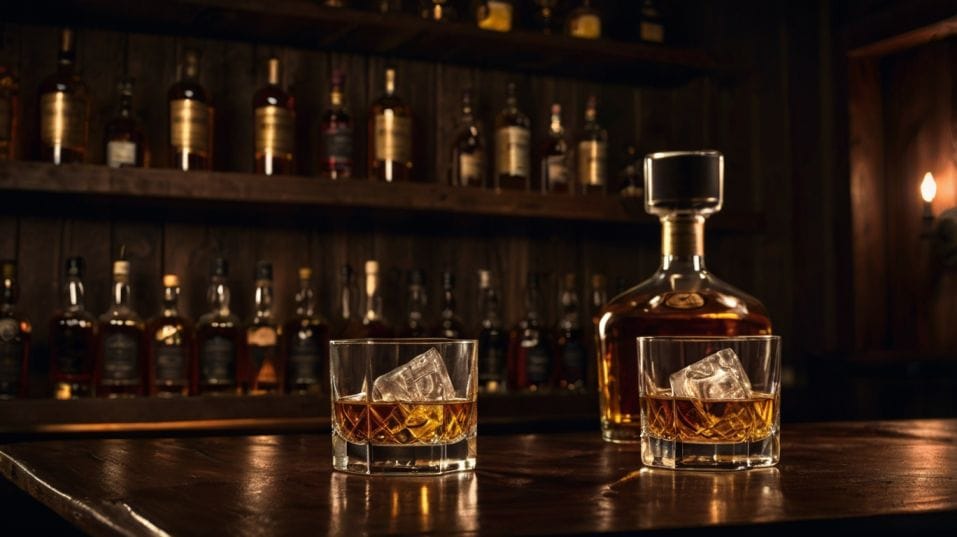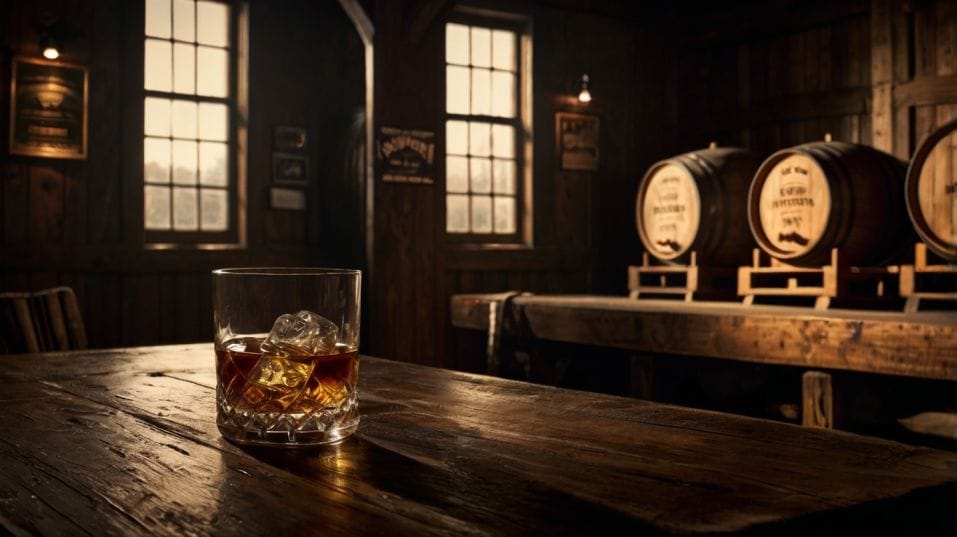Whiskey vs Whisky: It’s Not Just Spelling
Discover why “whisky” and “whiskey” spell more than just geography. Decode styles, taste smarter, and start collecting with real confidence.

Ever wonder why some bottles say “whiskey” and others say “whisky”? That tiny missing “e” isn’t just a spelling quirk—it’s a shortcut to centuries of craft, culture, and character.
If you're early in your whiskey journey, understanding this one-letter difference can unlock real insights into what you’re sipping.
Forget trends and collector hype—this is where your taste education begins. Ready to taste smarter? Start with the spelling.
Beyond the “E”: What the Spelling Actually Tells You
Yes, the difference often comes down to geography. Whiskey typically signals the bottle is from Ireland or the United States. Whisky points to Scotland, Canada, or Japan. But if you stop at geography, you’re missing the point.
That single letter hints at centuries of craft—different ways of distilling, aging, blending, and drinking. It’s a shorthand for style.
Whisky: Precision and Restraint
In Scotland, whisky is typically distilled twice in copper pot stills, then aged in used barrels, often from American bourbon or Spanish sherry. This method builds complexity over time without layering on aggressive wood flavor.
Expect notes that are light, smoky, floral, briny, or nutty—rarely sweet, never syrupy. The character tends to be leaner, more disciplined. Subtlety matters.

Whiskey: Boldness by Design
Now compare that to Irish whiskey, which is usually triple-distilled, making it lighter and smoother—but not necessarily simpler.
Many Irish distillers use a unique mash of malted and unmalted barley, yielding a crisp, grassy character. Add in ex-bourbon and ex-sherry aging, and you get layers of honey, toast, dried fruit, and spice—but rarely smoke.
Cross the Atlantic, and the game changes entirely. American whiskey, especially bourbon and rye, follows different rules. Bourbon must use at least 51% corn and be aged in new, charred oak barrels.
That new wood adds punchy flavors—vanilla, caramel, cinnamon, toasted coconut. Rye brings more spice, black pepper, and bite.
These whiskeys hit harder on the palate, with broader flavor and heavier texture. If Scotch is a scalpel, bourbon’s a sledgehammer—but in the best way.
Tasting Smarter Starts with Recognizing the Style
Understanding what “whiskey” or “whisky” implies isn’t just for trivia night—it helps you taste better.
When you know what a region prioritizes in production—still shape, grain choice, wood use—you can predict what a bottle might offer. This is how you shift from guessing to tasting with intent.
Say you pour a Japanese whisky and a Kentucky bourbon. They smell nothing alike. They feel different in your mouth. One evaporates cleanly, the other coats your tongue.
That contrast? It teaches you something. It builds sensory memory. The more you calibrate your palate against clear styles, the faster you develop taste literacy.
The trick is not to chase brands—it’s to chase understanding. Instead of buying another hyped bottle, go for a bottle that teaches you something.
Try a Highland single malt and a Lowland one. Compare a traditional Irish pot still to an American rye. Ask why they taste different. Then remember it.
Label Clues: How to Read Between the Lines
Once you know what the spelling implies, you can use it like a decoder. If you pick up a bottle from Texas that calls itself “whisky,” it’s signaling something.
Maybe the distiller is influenced by Scotch. Maybe they’re using used barrels or an all-barley mash. They’re not following American convention—and that’s the point.
Same goes for Japanese bottles. Some follow Scottish methods almost exactly—down to still shape and yeast strain. Others blend imported whiskies. Knowing this helps you separate traditional craftsmanship from slick marketing.
When the label drops the “e,” it often wants you to think “refined.” But that only matters if the flavor backs it up.
Don’t let the label do your tasting for you—but use it as a cue. Ask how it was made. What kind of still? What kind of wood? How long in the barrel?
These questions matter more than brand, age, or collector hype. They’re how you build real skill.
Why Collectors Care—and Why You Should Too
If you’re building a whiskey shelf, not just buying bottles to finish, the spelling becomes even more useful. It helps you balance your lineup.
A cabinet full of bourbon teaches you one kind of sweetness. But throw in a peated Scotch, a grassy Irish, and a grainy Canadian? Now you’re tasting across a spectrum.
Collectors who know what they’re doing don’t just go deep—they go wide. They want to taste how wood affects malt in Japan versus Scotland.
They want to compare 6-year rye aged in new oak against 18-year Canadian whisky aged in ex-bourbon casks. They build collections that help them answer questions, not just show off labels.
Even if you’re just getting started, that mindset pays off. You don’t need to buy ten bottles at once. Just make your next bottle count.
Use it to explore something you haven’t tasted before. Let the spelling guide you to a different production method, a new region, a fresh flavor profile. Make it a learning pour.
Final Thoughts
The next time you see a bottle labeled “whisky” or “whiskey,” don’t think spelling—think signal. It’s telling you where it’s from, how it was made, and what kind of experience you’re in for.
Once you understand that, your choices get sharper. You drink with more purpose. You collect with more clarity.
So don’t just read the label—decode it. Pick a whisky and a whiskey, pour them side by side, and taste what tradition feels like in a glass. That’s not just sipping—it’s skill-building. And it starts today.




